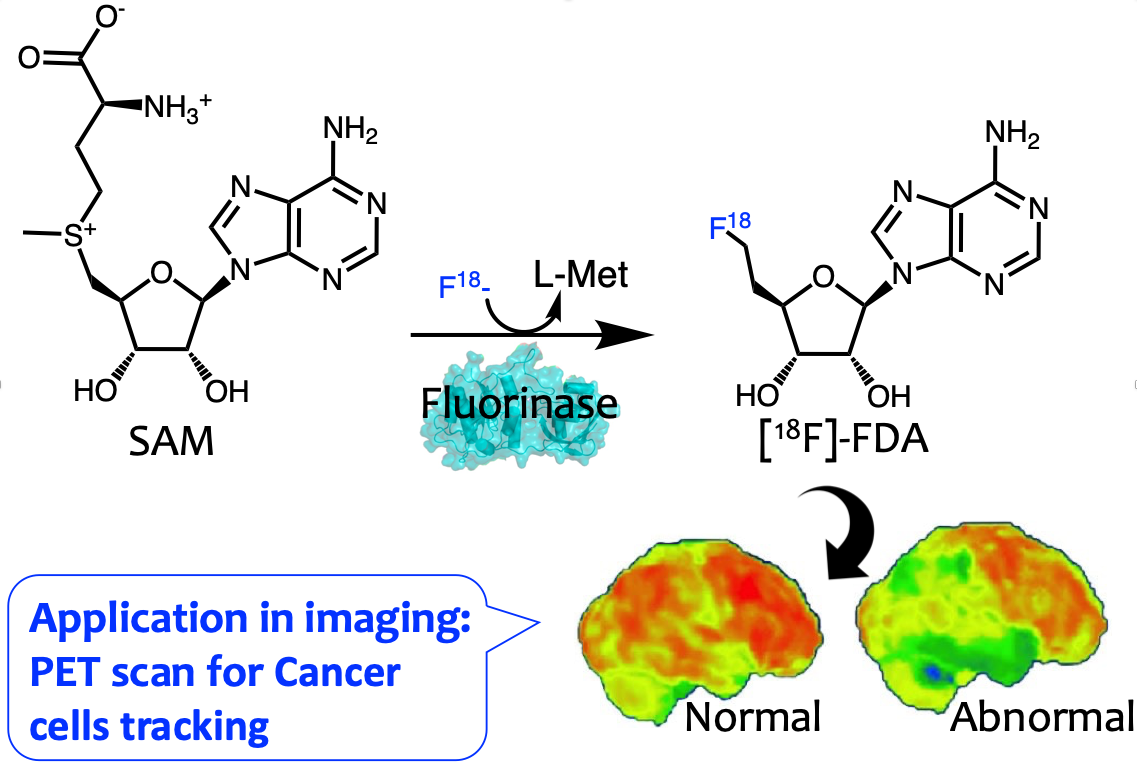Engineering biomedically relevant functional proteins and elucidating the underlying principles of enzyme structural dynamics in both disease-causing proteins and de novo-designed enzymes
Proteins constitute a major resource for applications in biomedical disciplines. Understanding the biophysical, molecular, and structural basis lays a foundation for building the bridge from the microscopic behavior of individual proteins to the macroscopic behavior of biological function, ultimately promoting medicinal drug design. By combining Protein Engineering, Enzyme Catalysis, and Structural Biology, Gao lab will apply biophysical and biosynthetic techniques to proteins to boost biomedical applications via engineering efforts and to gain insights into dynamically controlled protein behaviors.
Lab evolution to optimize conformational dynamics for enhanced catalysis
To study the evolutionary trajectory of conformational dynamics related to enzyme function, my lab sets out to study a de novo designed TIM barrel aldolase in comparaison with naturally occurring counterparts.
Fluorinase engineering for biomedical applications
To tackle the problem of low catalytic activity of fluorinase that hinders its medical application. My lab will perform protein engineering to improve the enzyme efficiency for its application in cancer imaging.
Protein dynamics in de novo design and disease causing misfolded proteins
Protein dynamics are crucial for enzyme functionality. Although de novo protein design holds great promise for addressing biological challenges, its success rate remains low. We will use HDX to study the nature of protein dynamics in both de novo designed proteins and disease-causing misfolded proteins.
Tools in studying protein structure-dynamics-function relationship.
Temperature-dependent hydrogen deuterium exchange (TD-HDX) coupled to Mass Spectrometry




